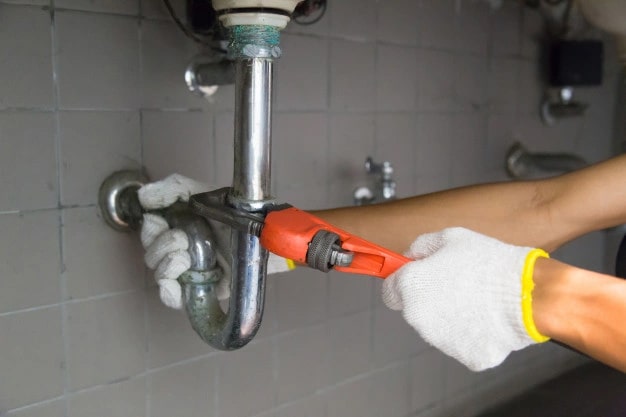The very last thing you want for your plumbing is to give up suddenly. Upkeep is affordable, but urgent repairs are often pricy. By figuring out how to complete a few basic inspections you are able to keep your plumbing in tip top condition, and spot any possibly high-cost system failures before they occur. Follow out top 10 tips and tricks so that you are forewarned and forearmed!
1. If you’ve got a significant water leak, you will need to turn it off immediately! The last thing you will want in that scenario is to be hunting around for the faucet. Make sure the main water cutoff is easy to access, and the entire family is aware of where it is and the way to use it – just in case.
2. When you’ve got a water meter, be sure you understand how they work. Have a look at it at a moment when you are sure that there is no water getting used in your house. The dials should not be turning – if they are, you might have a leakage someplace in the system. Always check your faucets and toilet, as they usually are the cause.
3. Add a bit of food coloring to your toilet tank and let it rest for a few hours. If you see any color in the toilet bowl, you’ve almost certainly got a leak somewhere. Once you understand the issue, it is normally an easy task to remedy. Look at the toilet valves, and that the handle isn’t sticking.
4. Check your boiler and get rid of the sludge and sediment from your central heating system. This blocks the pipes and reduces your heating efficiency – costing you money and bringing about excessive depreciation on your boiler. Repeatedly checking your boilers’ pressure will help keep it performing properly, and draining a bit of water from the tank every now and then will help you check for high amounts of sediment. Cleaning out the mechanism is a task for a professional plumber or heating system engineer, and doing a regular check will help you see when it needs carrying out.
5. If your toilet is blocked and you feel it could possibly overflow, lift the lid off of tank and hold the flush valve right down. This stops the flow of water into the bowl and stops the overflow before it happens. This enables you to work towards getting rid of the blockage, as opposed to worrying about an overflow.
6. When a valve seizes up all of a sudden, it may cause you serious difficulties. Check each of them by turning it on and off yearly. This helps to keep them running smoothly, and give you advance notice of any of them that may be deteriorating.
7. In most up to date plumbing setups there can be individual stop valves for each and every major appliance – you’re able to see them on the inlet pipes of the taps, toilets, as well as other appliances. These allow you to shut down the supply to just one appliance, without affecting the rest of the property. Discover where these are and how to use them, and you are able to use your water cut off more effectively.
8. The modest plunger is one of the most useful basic household items. Make sure you have got one ready for managing sink and toilet clogs. If at all possible keep a plunger in each and every room with a major water product – when your upstairs sink is overflowing, you don’t want to waste time hunting through the cellar for the plunger!
9. Have an understanding of the basic parts that your particular taps and toilets have, and look at keeping a few spare washers and gaskets into your tool kit. This way, if perhaps anything breaks, you are going to know already the best way to replace it. Bear in mind that it is much simpler to master how a system really works BEFORE it breaks than afterwards!
10. Give consideration to investing an auger. It is a rotational tool for cleaning pipes and breaking up blockages. It’s much more effective than chemical type drain unblockers, and considerably better for the environment at the same time!
- Perfect Business in an Awful Economy – Why should you Start an On line Home Business - July 19, 2012
- Are There Solutions To Avert Foreclosure - July 19, 2012
- Greece Holidays: A Blend of Rich History and Contemporary Adventures - July 16, 2012

